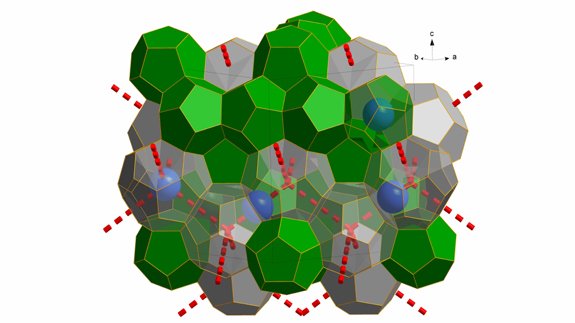Scientists have created a new form of ice that could help in the production and storage of energy.
Dubbed, Ice XVI, it was found by a team of German and French researchers and has a structure that allows it to trap gas inside. These compounds called gas hydrates, are known to store huge amounts of methane, trapped at the bottom of the ocean or in permafrost in the polar regions.
According to World Energy Outlook, the total amount of methane trapped within this ice on the ocean floor far exceeds the economically exploitable reserves of “conventional” carbon in the form of coal, petrol or natural gas. So far it has been hard to tap this source but the new research could help.
In a paper published in the scientific journal, Nature, scientists from the University of Göttingen in Germany and the Institut Laue-Langevin in France, reported how they made this new form of ice in a lab.
Theoretically the ice is stable enough to extract the methane and replace it with CO2 so allowing the ice to act like a natural form of CCS.
Thomas Hansen, one of the study authors said: “There is a possibility we could extract methane and convert it to useful energy and replace it with the CO2. In other words, we could pump CO2 down to the ocean floor as a replacement for the methane in the gas hydrates. The challenges involved would naturally be large and the feasibility has been called into question but it remains an extremely intriguing possibility worth exploring.”
That maybe sometime off in the future but the research can help more immediately in pipelines – where gas is transported at high pressures and low temperatures.
These conditions can lead to the production of gas hydrates within the pipes, which in turn form substantial blockages costing the industry millions a year.





